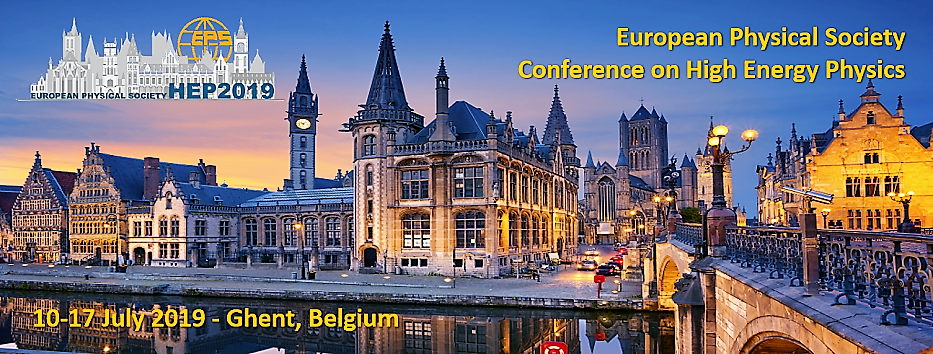Speaker
Description
Heavy quarks (charm and beauty) constitute unique probes for the hot and dense QCD medium produced in heavy-ion collisions: the Quark-Gluon Plasma (QGP). They are mainly produced in hard scattering processes among partons, which occur immediately after the nuclei crossing with a time-scale shorter than the QGP formation time. Therefore, they witness the full evolution of the medium loosing energy while interacting with its constituents.
The measurement of the nuclear modification factor ($R_{\rm AA}$) of open heavy-flavour hadrons can provide important information about the properties of the parton in-medium energy loss. In this regard, of particular interest is the study of charm and beauty production separately so to assess the expected mass effect on the in-medium energy loss.Moreover, the measurement of the azimuthal anisotropies at low transverse momentum, quantified by the elliptic flow ($v_{\rm 2}$), gives insight into the participation of the heavy quarks in the collective expansion of the system and their possible thermalisation in the medium.
The ALICE detector is well suited to measure the production of leptons from heavy- flavour hadrons decays at mid- and forward rapidities. In particular, thanks to the excellent tracking and particle identification capabilities, at mid-rapidity ALICE can study electrons from beauty hadron decays. In this contribution, we report the latest measurements of the $v_{\rm 2}$ and $R_{\rm AA}$ of electrons from beauty hadron decays at mid rapidity in Pb-Pb collisions at $\sqrt{s_{\rm NN}}$= 5.02 TeV. In addition the $v_{\rm 2}$ and $R_{\rm AA}$ of heavy-flavour hadrons decay muons at forward rapidity will be shown.
The experimental results will be compared with theoretical models.
